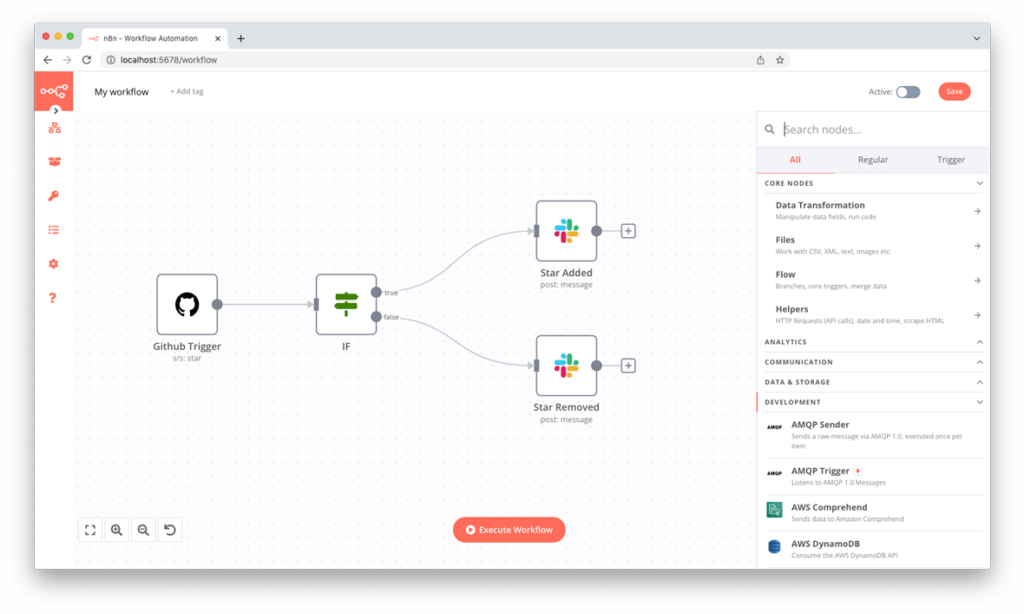
The use of low code and no-code is a tool in one of the essential principles of product management. And here, more specifically, speaking of sustainability – it is, before building anything, to do a good Discovery and validation journey before sending it to development. It is a concept also derived from Lean development, in which we seek to identify opportunities and, once a hypothesis has begun, we try to make the most of discoveries.
There are some quick ways to carry out validations, such as creating landing pages – those well summarized pages of a value proposition where you are invited to put your email or contact -, or fake doors – buttons or paths on the website that offer a service before he even existed.
One of the ways that we eTrails is the development of small automations on no-code or low-code platforms to carry out experiments. These platforms – for example, Zapier, n8n and make.com – allow us to make small sequences of logic with third-party services without writing (or writing a few) lines of code. As an example, we can monitor a field in our database and, when there is a new entry, we trigger another service. An example would be sending an email to a manager every time there is a new check in on the platform, but we can do things much more elaborate.
Using the no-code platform allows us to do quick experiments without development. For more robust solutions, with a higher volume of traffic, it is likely to be cheaper to make the code itself, but by validating it first you find out if that feature is even necessary and adds value to someone.

The list of integrations is endless. You probably don't know 20% from the services listed there. At least I don't know. But it's also likely that you don't need the 80% that's slipping away.
When we talk about low-code it is because some integrations will require a little more technical knowledge to be activated. Nothing from the other world and that doesn't have a series of tutorials out there, but it can be scary at first. And for automation activities that will save you and your team time, even the fee for integrations can be well worth it.
An “additional plus” in this move can happen if you integrate automation services with artificial intelligence. How about taking an entry from your database, throwing it into a Google Sheet, asking ChatGPT to respond to that entry and sending the response to the user's email? It is certain that your user will be certain that he is talking to a real person, and it is very likely that you will generate benefit and value for him if you use the tool correctly. We did some tests with mobCONTENT cases that are worth a look.
When it comes to sustainability, this type of automation speeds up hypothesis validation and can help:
- Generate more engagement in products aimed at environmental preservation
- Encourage recommendations
- Data generation with more added value for managers.
I have created a newsletter in which I share some of the discoveries I have made in this and other segments and I would like to invite you to be part of it. Just access this link here. I'll see you there.
